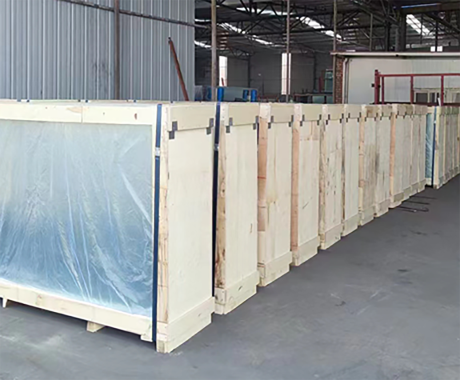

Understanding Silver Front Surface Mirrors A Comprehensive Overview
Silver front surface mirrors play a pivotal role in various applications across numerous industries, including optics, architecture, and scientific research. Unlike traditional mirrors, which reflect light using a reflective coating applied to the back of a glass sheet, front surface mirrors have a thin layer of silver deposited directly onto the glass surface. This specific construction enhances their optical performance and makes them particularly suitable for sensitive applications.
One of the primary advantages of silver front surface mirrors is their exceptional reflectivity. Silver is known for its high reflectivity across a wide range of wavelengths, particularly in the visible spectrum. Typically, these mirrors can achieve reflectivity levels exceeding 95%. This characteristic is crucial in fields like lasers, where maximizing light intensity is vital. For instance, in optical devices, using front surface mirrors can significantly improve the efficiency of laser systems, ensuring that more light is directed towards the desired target.
In addition to their superior reflectivity, silver front surface mirrors also minimize image distortion. Since the reflective layer is on the surface, there are no additional layers of glass to interfere with light propagation. This quality is particularly important in applications like microscopy or high-precision imaging, where even the slightest distortion can lead to inaccuracies in measurements or representations. The result is a clearer, more accurate image, which is essential for scientific research and industrial testing.

Moreover, silver front surface mirrors are incredibly versatile. They are available in various sizes and can be customized to fit specific applications. Their lightweight design, coupled with their durability, makes them ideal for use in both stationary and dynamic setups. These mirrors are often used in projectors, optical instruments, and even architectural applications, where aesthetics and functionality must coexist.
Despite the numerous advantages, silver front surface mirrors are not without their challenges. One notable issue is their susceptibility to tarnishing over time, especially when exposed to moisture and contaminants. This can diminish their reflective properties and overall effectiveness. To combat this, manufacturers often apply protective coatings to the silver layer, enhancing durability and longevity.
Furthermore, the manufacturing process of these mirrors requires a high level of precision. Any blemish or imperfection can severely impact their performance, resulting in inferior reflectivity or image clarity. Therefore, quality control is paramount in the production of silver front surface mirrors, ensuring that they meet the rigorous standards expected in high-stakes environments.
In conclusion, silver front surface mirrors represent a remarkable advancement in optical technology, offering unmatched reflectivity and clarity for a wide array of applications. Their unique construction and the inherent properties of silver make them indispensable in fields such as optics, microscopy, and various industrial sectors. As technology continues to evolve, the demand for such advanced optical components is likely to grow, highlighting the ongoing importance of silver front surface mirrors in modern science and engineering. Whether used in the world of research or incorporated into everyday technologies, these mirrors significantly enhance our ability to manipulate and utilize light.